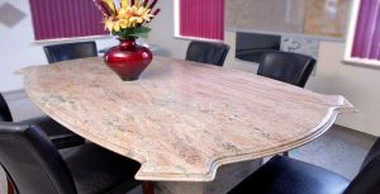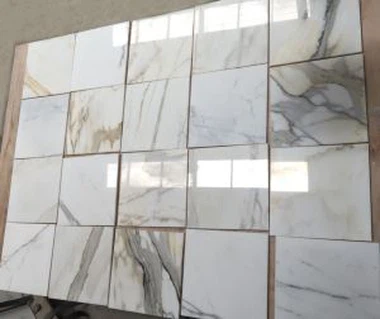What Are The Diseases Of Granite Slabs?
Jun 30, 2019
Granite slab is one of the most common granite slabs, but what should we do to protect it? As a consumer, we need to know about it. Below we will take you to understand the diseases of granite slabs. .
1. rust yellow spot a. The hematite or pyrite contained in the composition of the granite slab is easily oxidized to form iron oxide in contact with air in a humid environment;
b. Granite slabs are sawn, polished, polished, handled, installed, cleaned and used with iron-containing material residues, adsorbed and immersed in the surface layer of the five lotus roadside stone granite slabs, and then gradually diffused and oxidized, resulting in Rust yellow spot;
2. Organic stains. Pigment-containing substances may contaminate granite slabs;
3. Water spots. a. Where the granite slab is directly or indirectly connected to moisture or water;
b. The micropores of the granite slab contain some deliquescent salts or bases;
4. Water marks. The reason for this is that it is wet-bonded, or has been infiltrated with water, or other wet and viscous liquids are immersed, etc., so that a certain area of the surface of the granite slab is wet for a long time;
5. Loss of light, dissolution, shelling and flaking, holes and powder
a. Acid mist is the main reason for the loss of surface of calcium-containing granite slab.
b. Gypsum is a hydrated crystal expansion material, where the rainwater often washes away, the calcium sulfate expansion material is dissolved and washed away to form a corrosion;
c. In the part where rainwater is difficult to wash, the loose calcium sulfate easily adsorbs dust to form a black scale layer. When the scale layer is thickened to a certain extent, it will form a blister or flaky protrusion, or even peel off;
d. If the five lotus roadside stone granite slabs contain more magnesium carbonate, some small holes are formed in the carbonate rock surface.








